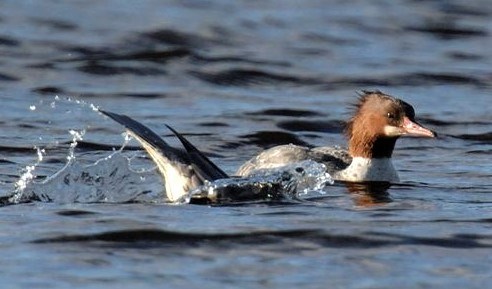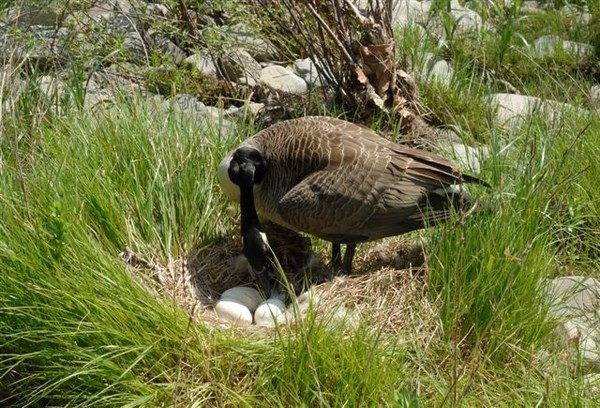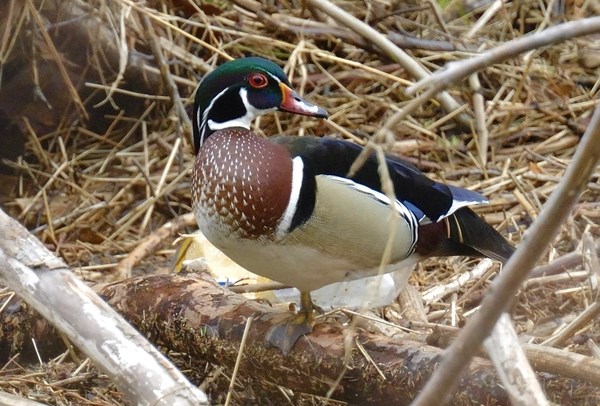
Scott Rando Waterfowl includes ducks, geese, and swans. Waterfowl belong to the order Anseriformes and the family Anatidae. Within the family Anatidae, waterfowl are further categorized into subfamilies. They are an incredibly diverse group of birds found all over the world. Common characteristics of waterfowl include webbed feet, round bodies, long necks, and small wings. Waterfowl usually nest on the ground near bodies of water. Some are an exception to this, such as the Wood Duck and Common Merganser, which nest in tree cavities or nest boxes. All waterfowl young are born precocial, meaning after hatching, they are relatively independent. They are born with their eyes open and can leave the nest and swim soon after hatching. 
Scott Rando Migration is an essential component of the annual waterfowl life cycle. Before migrating, waterfowl enter zugunruhe, a state of internal restlessness. It's an internal hint to begin migrating. In Autumn, as the days shorten, waterfowl move south to their wintering grounds. During the winter, waterfowl usually find a mate. As spring arrives and the days lengthen, waterfowl prepare to return north. After spring migration, breeding, nesting, and brood-rearing take place. While nesting, waterfowl typically congregate in large groups called colonies. Over the summer, waterfowl molt, meaning they replace all the feathers in their plumage. Geese and swans only molt once a year, but most ducks molt twice a year, once in the summer and again during fall to early winter. After the summer has ended, the waterfowl annual cycle begins again with fall migration. 
Scott Rando Waterfowl typically feed on plants, fish, and invertebrates. Different types of waterfowl have evolved different foraging strategies. Some waterfowl, such as the Mallard, feed by tipping headfirst into the water, which is known as dabbling. Other waterfowl, like the Bufflehead, feed by diving underwater. Buffleheads usually remain underwater for about 12 seconds during a dive and even swallow their food while underwater. Waterfowl also have specialized bills to help them feed. Small comb-like structures called lamellae line the inside of their bill. Lamellae filter water as waterfowl feed. The lamellae trap food items like seeds and invertebrates while inedible things like sediments exit the bill. The number of lamellae varies widely across different waterfowl species. For example, Mallards have about 50 to 70 lamellae while mergansers have hardly any. Instead, mergansers have long narrow bills that are serrated. These specialized bills help them to capture small fish. Wood ducks also have specialized bills. Wood duck bills are short and narrow to help them pick up acorns. Mallards are generalists, meaning they consume many different food sources, so their bill is broad and unspecialized. Unique adaptations and specializations allow waterfowl to share habitat without too much competition for resources. Waterfowl species common in the Upper Delaware Region include: Bufflehead (Bucephala albeola) Canada Goose (Branta canadensis) Common Merganser (Mergus merganser) |
Last updated: March 10, 2021
